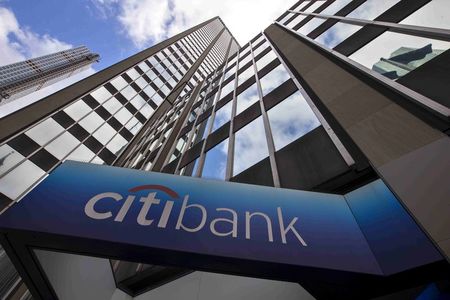Last week, the volatility index hovered around its lower range. However, the low volatility phenomenon is occurring not only in the equity space, but across the board, from fixed income, to currency, to commodity markets around the world. Still, experts are divided whether this current low volatility is pricing in the risks correctly.
Steve Heston, who developed a stochastic volatility model that addressed some of the weaknesses of the Black-Scholes model, came out with an interesting statement regarding the current volatility. He said that the VIX is fairly priced for the first time:
The VIX gauges expectations for future stock market gyrations based on prices in the options market. It represents the price the market is willing to pay to capture any profit from market movement over the next month, or three months. When the VIX is low, investors are betting that stock prices aren’t going to gain much, or lose much, over a prescribed time.
“So either options have gotten cheap because they should be cheap, because the market is not moving much lately, and it’s not expected to move, or it’s gotten cheap because people are not willing to pay as much for options, because they realize they’ve been historically overpriced,” Heston says. Read more
We don’t know whether he is correct or not. However, a graph in a Bloomberg article by Tanvir Sandhu depicted a picture that is consistent with Heston’s statement. It showed that the short interest of VXX ETN has gone exponentially in recent years.
Short-volatility strategies have performed well since 2009, just as black-swan funds were pitching end-of-the-world portfolio protection. The mindset of short-volatility sellers is characterized by expectations of preemptive central bank action to any crisis, making the trade a structural strategy as global rates hover near the lowest in human civilization. Read more
This means that investors just keep selling volatility.
Another article, by Jamie McGeever et al of Reuters, told a similar story. It said that there is little evidence of investors hedging, protecting themselves from a market correction:
Implied volatility is an options market measure of investors’ expectation of how much a certain asset or market will rise or fall over a given period of time in the future.
It and actual volatility can quickly become entwined in a spiral lower because investors are less inclined to pay up for “put” options — effectively a bet on prices falling — when the market is rising. Read more
So the question is: when volatility is low, why are investors unwilling to protect themselves from a potential market downturn?
If we use the insurance analogy, then one should buy insurance when it is cheap, and not when a disaster happens and insurance is impossible to buy.
We think the problem is that even when the volatility is low, investors still find the insurance expensive. Probably it’s just their perception.
But still, one can ask
In the next installment we will explore some less expensive options for hedging.
Further questions
What's your question? Ask it in the discussion forum
Have an answer to the questions below? Post it here or in the forum




